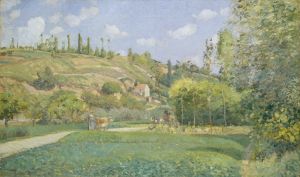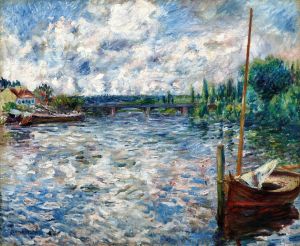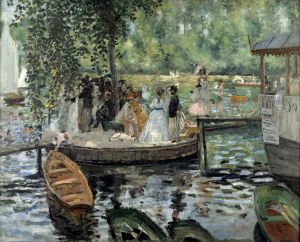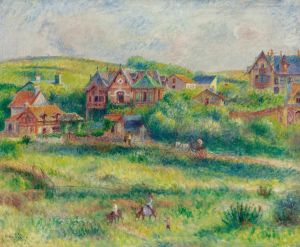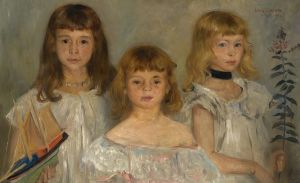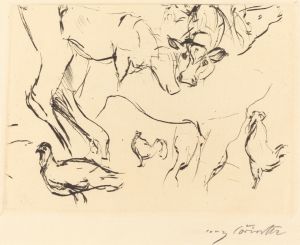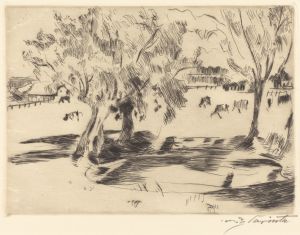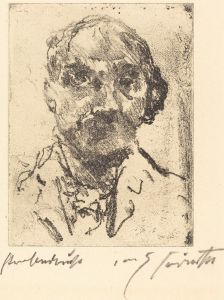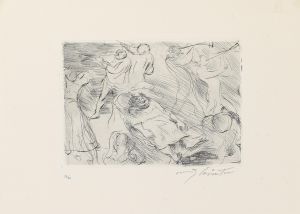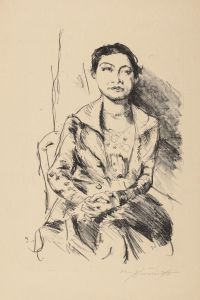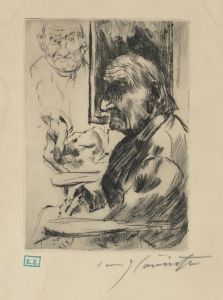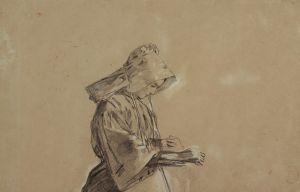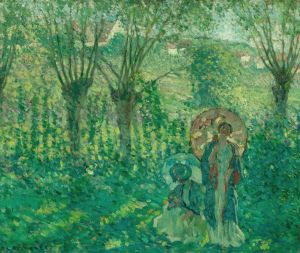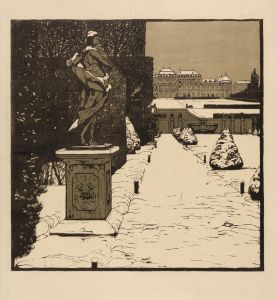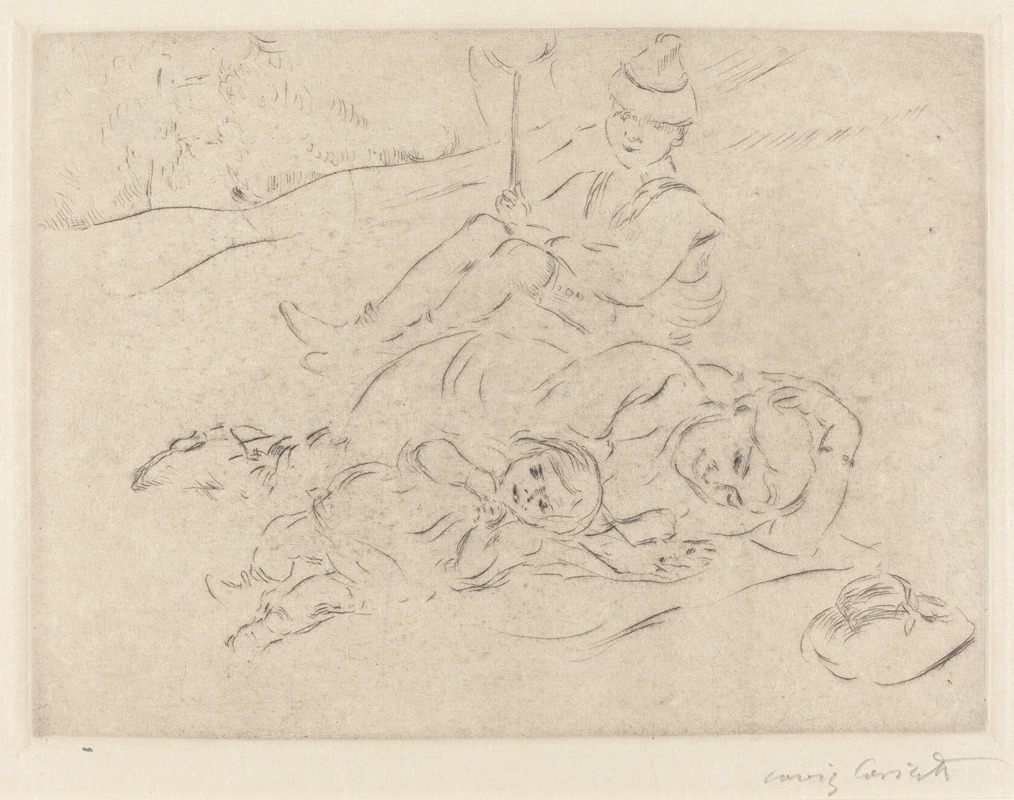
In the Country
A hand-painted replica of Lovis Corinth’s masterpiece In the Country, meticulously crafted by professional artists to capture the true essence of the original. Each piece is created with museum-quality canvas and rare mineral pigments, carefully painted by experienced artists with delicate brushstrokes and rich, layered colors to perfectly recreate the texture of the original artwork. Unlike machine-printed reproductions, this hand-painted version brings the painting to life, infused with the artist’s emotions and skill in every stroke. Whether for personal collection or home decoration, it instantly elevates the artistic atmosphere of any space.
Lovis Corinth was a prominent German painter and printmaker whose work is associated with the transition from Impressionism to Expressionism in the late 19th and early 20th centuries. Born on July 21, 1858, in Tapiau, East Prussia (now Gvardeysk, Russia), Corinth became one of the leading figures in the German art scene. His work is characterized by vigorous brushwork, vibrant color, and a focus on the human figure and landscapes.
"In the Country" is one of Corinth's many paintings that reflect his interest in capturing the essence of the natural world and the human experience within it. While specific details about this particular painting are scarce, Corinth's broader body of work provides context for understanding his artistic approach and themes.
Corinth's early education in art began at the Academy of Fine Arts in Königsberg, followed by studies at the Academy of Fine Arts in Munich. He later moved to Paris, where he studied at the Académie Julian, a private art school that attracted many international students. During his time in Paris, Corinth was exposed to the works of the Impressionists, which influenced his use of color and light.
Returning to Germany, Corinth became associated with the Berlin Secession, a group of artists who rejected the conservative art establishment and sought to promote modern art. His work during this period often depicted scenes of everyday life, portraits, and landscapes, characterized by a dynamic and expressive style.
"In the Country" likely reflects Corinth's interest in the landscape genre, which he explored throughout his career. His landscapes often depict the natural beauty of the German countryside, rendered with a sense of immediacy and emotional depth. Corinth's use of color and brushwork in these works conveys the changing moods and atmospheres of the natural world.
Corinth's personal life and experiences also influenced his art. In 1900, he married Charlotte Berend, a fellow artist and one of his students. Their relationship and family life became a recurring theme in his work, with many paintings featuring intimate domestic scenes and portraits of his wife and children.
In 1911, Corinth suffered a stroke that left him partially paralyzed. Despite this setback, he continued to paint, adapting his style to accommodate his physical limitations. His later works, including landscapes, became more abstract and expressive, reflecting his evolving artistic vision.
Throughout his career, Corinth's work was celebrated for its vitality and emotional intensity. He was a prolific artist, producing a vast body of work that includes paintings, drawings, and prints. His contributions to modern art were recognized during his lifetime, and he remains an influential figure in the history of German art.
While specific information about "In the Country" is limited, it can be appreciated within the broader context of Lovis Corinth's artistic legacy. His ability to capture the essence of his subjects, whether through portraiture or landscape, continues to resonate with audiences today.





